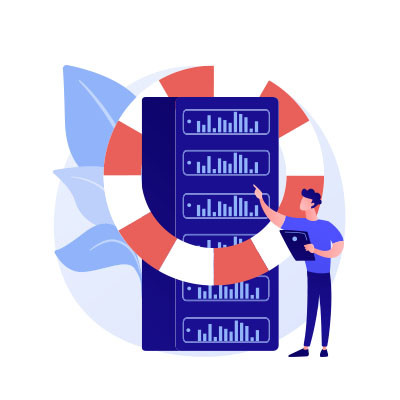Cambium Data Blog
Let's talk about something that might not be the most glamorous topic, but is absolutely vital to the health and survival of your business: data backups.
Think of your business data as the lifeblood of your operations. It includes everything from customer records and financial information to crucial project files and intellectual property. Now, imagine a scenario where this lifeblood suddenly stops flowing. What would happen?
By now, you’ve heard us discuss how data backup is extremely important for every organization. We try to spread awareness of the negative impacts to a business that doesn’t have a comprehensive backup plan in place. Fortunately, data backup has come a long way in the past decade, making it easier, faster, and way more reliable. Let’s take a look at how things have changed in data backup.
You’ve likely seen many blogs on our feed about data backup and disaster recovery, and that is because it’s an incredibly important solution for businesses of all kinds. Today, we want to look at the 3-2-1 rule and how it can help your business preserve its important assets in the event of a disaster.
In today’s digital workplace, data backup and disaster recovery are critical components that demand strategic attention. We specialize in providing these services to SMBs, and we recognize the unique challenges that surface on a day-to-day level. Today, we’d like to go into the financial significance of investing in data backup and disaster recovery, with a particular focus on how our services can contribute to your company’s fiscal resilience.
Technological innovation can be exciting, but one topic that is decidedly unsexy with technology is data backup—at least, from an excitement point of view. More businesses are demanding greater data security and redundancy, which is in turn forcing developers to innovate and create better products that can give consumers and enterprises what they need. Let’s look at three of the more interesting features of these up-and-coming data backup solutions.






